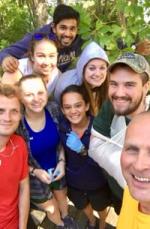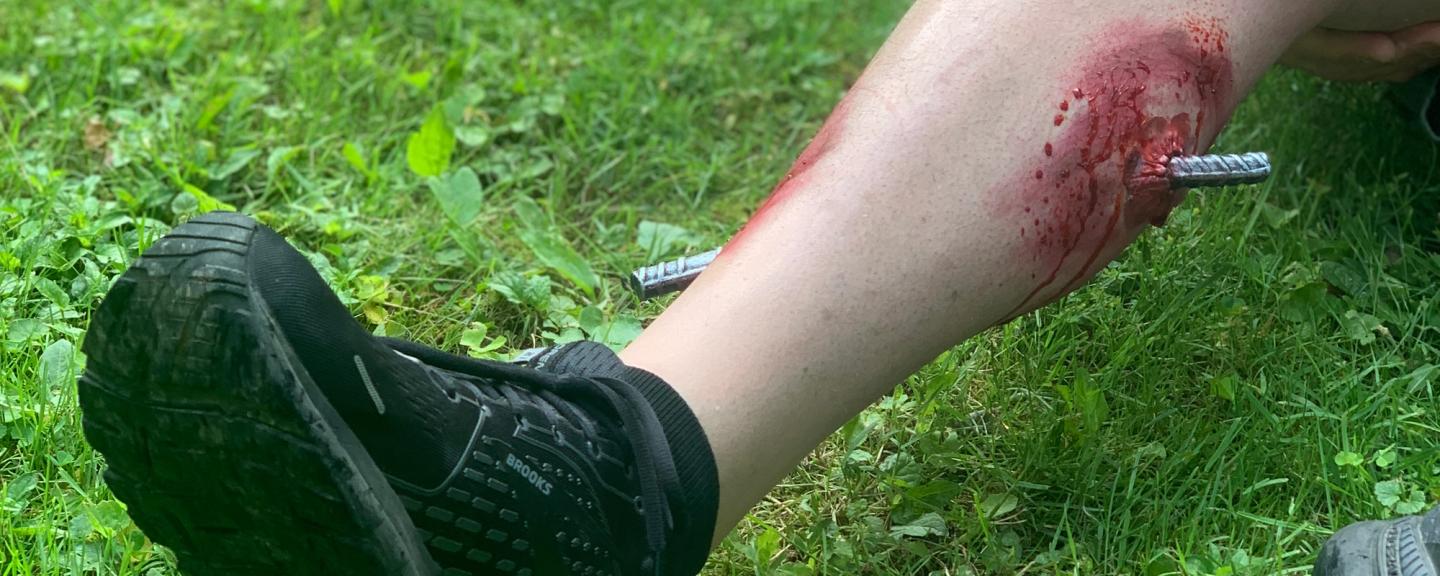
Wilderness EMT Bridge
Overview
Are You already an EMS Provider or other Medical Professional? True North stands apart from other wilderness medicine schools because our Wilderness EMT Bridge course bridges your front-country medical training with wilderness survival training so that you are equipped with the skills, gear, and knowledge to better meet the demands and realities of treating patients in remote and austere environments.
After all, in a wilderness emergency, you likely won’t have access to all of your equipment in your Emergency Department or your ambulance. Besides, would you even know how to quickly build an emergency shelter, start a fire, purify water to cleanse a wound or hydrate your patient, or even signal for help? Without these skills, the simple reality is that, in wilderness environments, even a medical professional becomes little more than a first responder.
During our WEMT Bridge course, you will learn the dynamics of providing medical care within a wilderness context. First, you will learn the importance of scene safety so that you can not only better protect your patient, but yourself as well. Then, you will review the patient assessment protocol, which is the framework of all emergency care from the first-aider to paramedic, but with added elements of working in remote locations. From there, you will learn how to deal with traumatic injuries, like sprains, fractures, wounds, burns, and spinal cord injury management. Then you will learn to deal with illness, including heat and cold related, altitude related, and allergic reactions.
Just as importantly, though, you will learn the same approach to wilderness survival that is taught in the U.S. military. You will learn about the Seven Priorities of any wilderness emergency — Psychology, Medical, Shelter, Fire, Signal, Water, and Food — by emphasizing basic preparedness, like tools and supplies, adaptability, and a realistic approach to improvisation. This way, you’ll be able to protect your patient and yourself until rescue or relief arrives.
Certification length is for a period of three years.
Highlights
So how does our Wilderness EMT training differ from your medical training? In some ways, you will find the training and issues very similar, but in most other ways you will find it vastly different. First, you will learn to deal with issues that you typically won’t find in your urban patient population, like snake bites, moderate to severe hypothermia, and lightning strikes. Also, in wilderness medical care there is a greater emphasis on improvisation, so we will train you to better view the equipment in your pack, or what happens to be laying around, as appropriate resources. In turn, the standard of care in wilderness environments, which is outlined by the Wilderness Medical Society (WMS), may differ substantially from your state protocols. Most importantly, many medical providers only deal with patients for brief periods (maybe just the ambulance ride to the hospital) and in teams, but as a WEMT, you may need to care for your patient for hours, or even days, all by yourself.
- Learn the importance of scene safety to protect yourself and your patient
- Review the patient assessment protocol with added elements for working in remote locations
- Learn to deal with traumatic injuries, like sprains, fractures, wounds, burns, and spinal cord injury management
- Learn to deal with common outdoor illnesses, including heat and cold related, altitude related, and allergic reactions
Our clients take this course for a wide variety of reasons. Some take it because they play or work in the outdoors, while many others also complete the program because they want to take their medical training to the next level so that they can work or volunteer in search-and-rescue, disaster relief, or in healthcare missions.
Continuing Education Credits
This course is accredited by the Pennsylvania Department of Health. This program is approved by the Pennsylvania Department of Health for thirty-five (35) continuing-education credits for EMT, AEMT, Paramedic, and PHRN.
Related
The physical difficulty of this course is Easy. This course involves some walking and other activities over short distances at a steady pace over varying terrain that may include off-trail sections, rough spots, unexpected obstacles, and low to steep inclines and declines. This course is conducted in varying weather conditions, including hot, cold, humid, rain, wind, and snow, or a mixed combination. Activities include some bending over, squatting, and lifting. This course is suited for those in generally good physical condition.
This course is run as five day program. Each day begins at 8:00 a.m. and concludes by 5:00 p.m.
Once you book a slot, then one of our staff will follow up personally with an email. It will include three short forms for you to complete and return to us. We will also send you the course information sheet, which will contain all of the details that you will need to prepare and arrive (like required and optional gear; exact rally point; general driving directions; and overnight recommendations).
This course is often run as a private one to better meet the specific needs and schedule of our clients. Please contact Erik to learn more (412.913.6000 or erik@exploretruenorth.com).
We typically reply to emails and telephone calls within 1-2 hours. Please note, however, that it may be as long as 24 hours if we are away teaching.
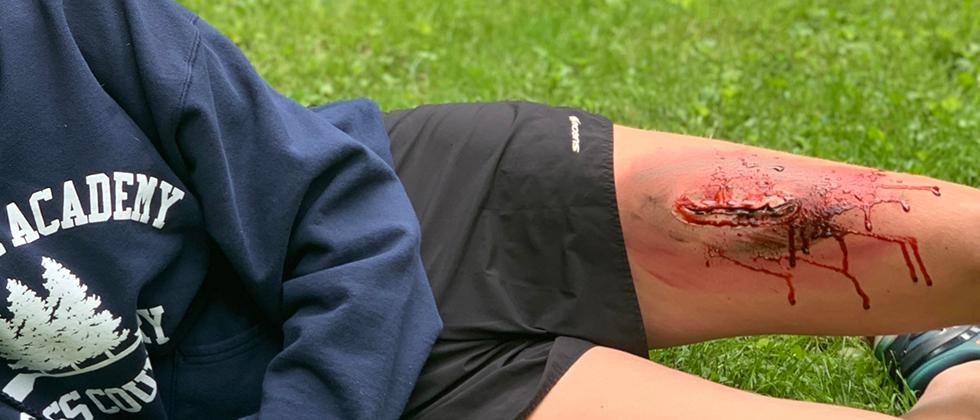
Learn how to bridge your front-country medical training with survival training so that you can better care for your patient in remote and austere environments.

What should you bring?
Items to Bring
- Appropriate Clothing (for season and conditions, non-cotton recommended)
- Appropriate Outerwear (for season and conditions)
- Pencil and Notepad (“Rite in Rain” type recommended)
- Watch or other timepiece
- Knife (fixed or folding)
- Any necessary medications
- Lunch and Snacks
Optional Items
- Water bottle
- Extra under/outer garments
- Hat / Bandana
- Stethoscope
- Blood-pressure cuff
- Camera
- Sunscreen
Upcoming Courses
No Courses Scheduled
We are regularly adding new courses throughout the year so check back regularly to see what new courses we are offering.
Course Gallery
During our WEMT Bridge course, you will learn the dynamics of providing medical care within a wilderness context.
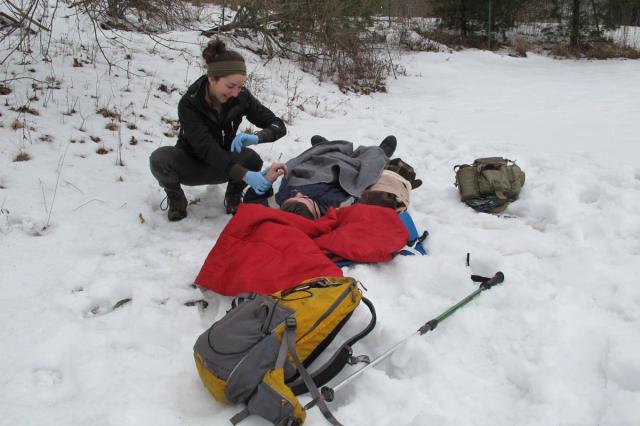
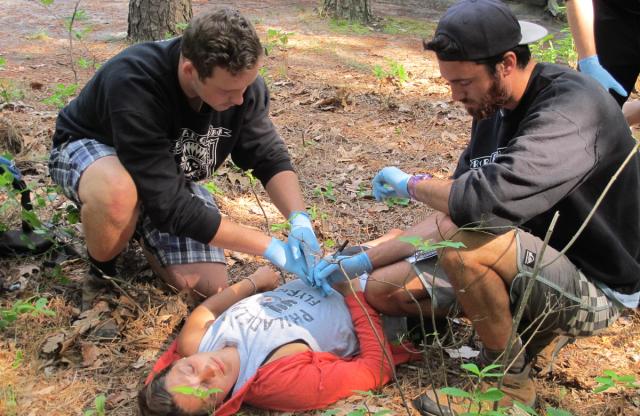
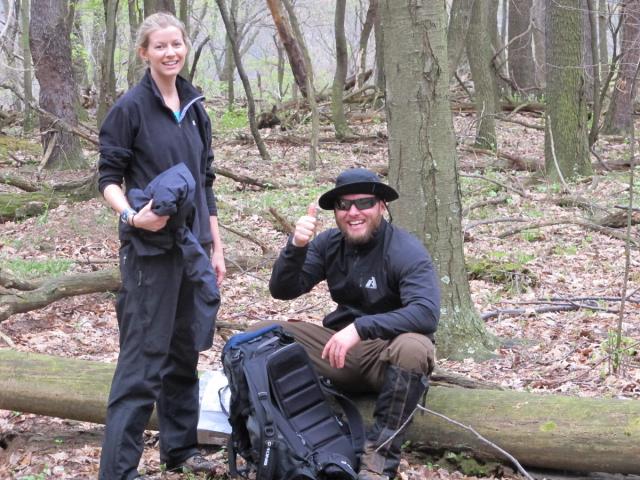
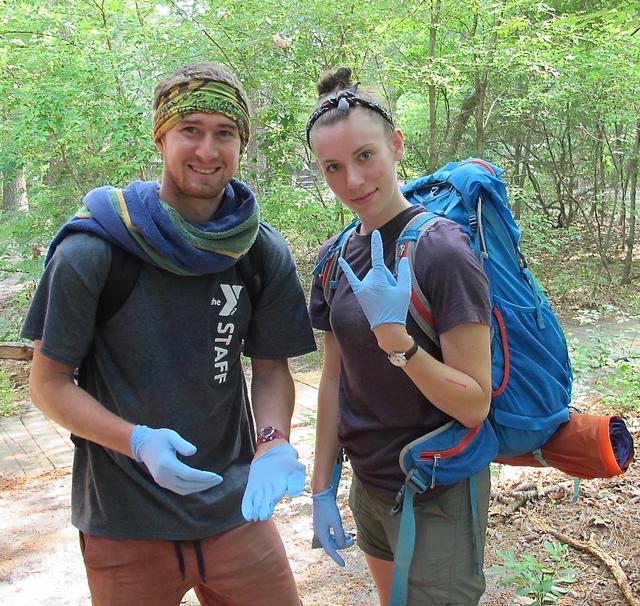
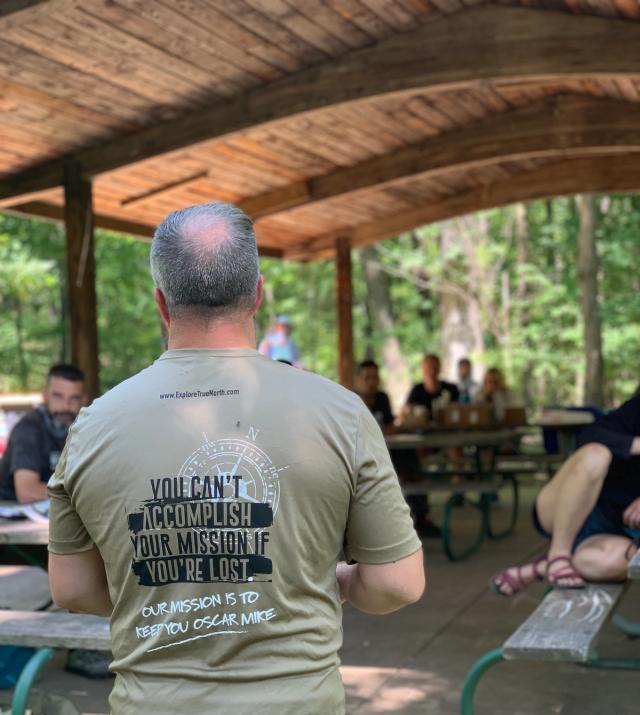
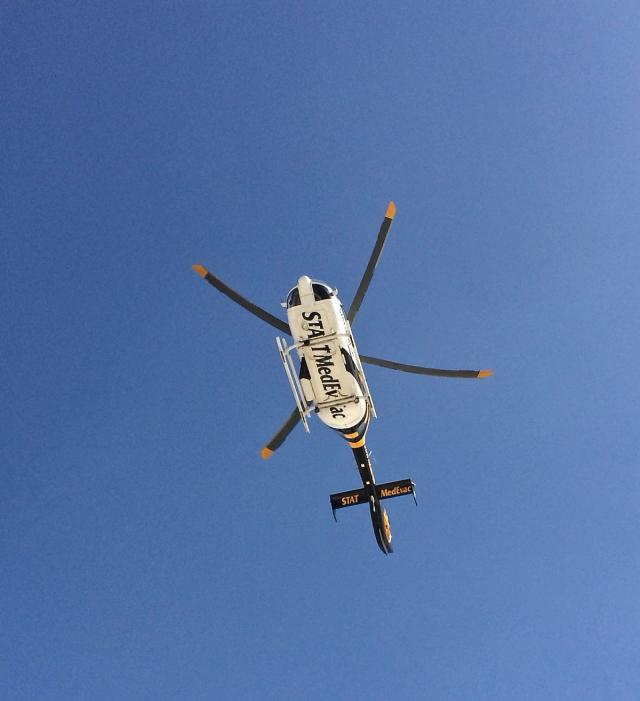
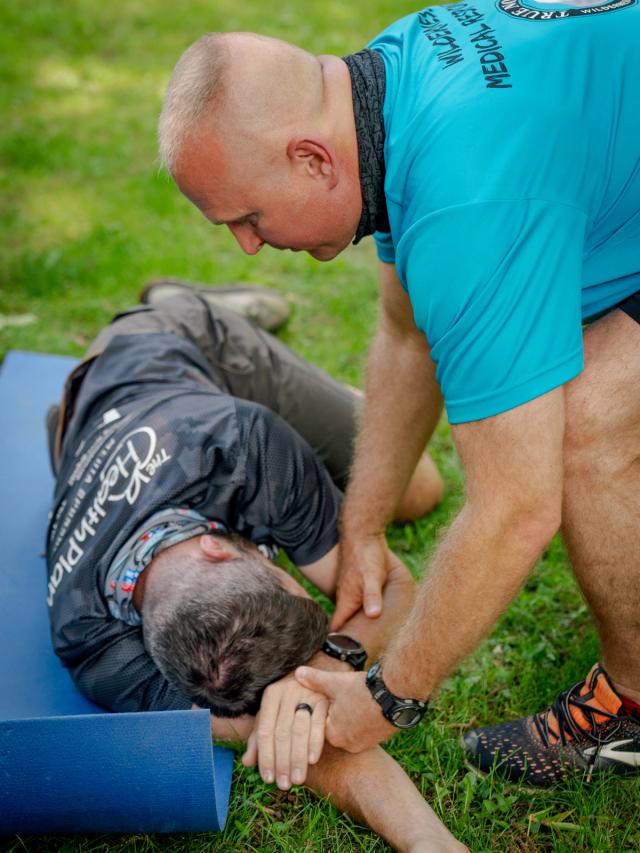
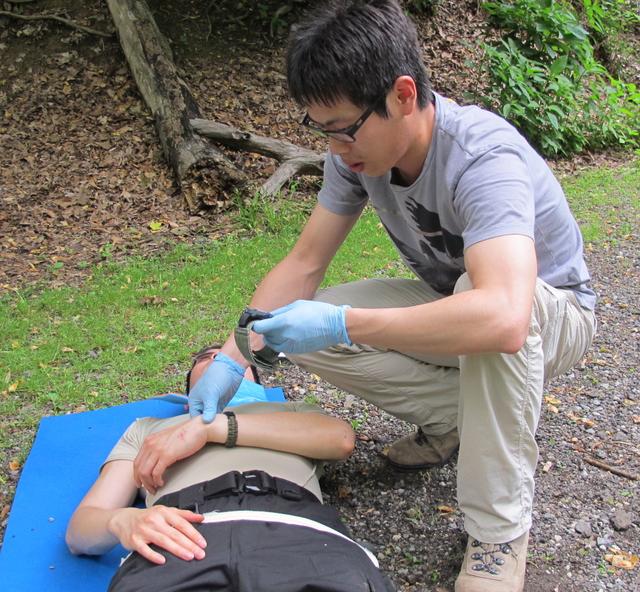
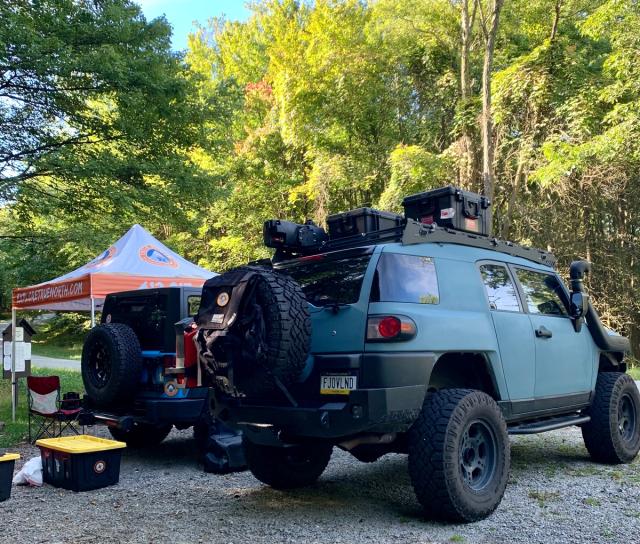
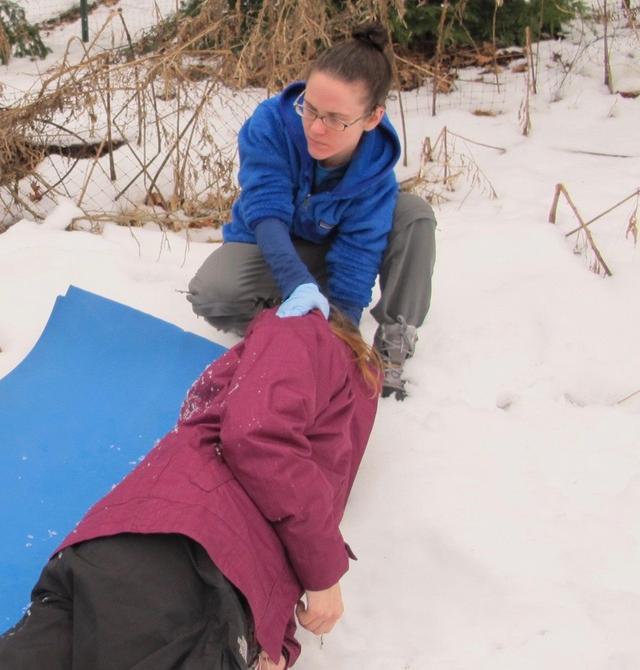
We’re often asked these questions about this course...
We will personally follow up with you with three quick and easy forms for you to complete and return. We will send you a detailed course information sheet which will contain all of the applicable details that you’ll need to prepare and arrive for your training.
Since our primary goal is to provide you a safe and comfortable learning experience that helps to minimize your costs, we really don’t require much beyond appropriate clothing and footwear, your snacks and lunch. When you register, we’ll send you a detailed course information sheet that will list the required and suggested items. Additionally, one of our goals is to give you a chance to “test drive” the gear and supplies that we bring so that you can make better purchases after the course.
In some ways, you will find the training and issues very similar to what you see in a front-country setting, but in most other respects, you will find it to be very different. First, you will be learning to deal with issues that you rarely find in an urban environment, like venomous bites, acute hypothermia, and lightning strikes. Also, wilderness medical care requires a greater emphasis on improvisation as you won’t have access to the equipment in your ambulance or office. In turn, the standard of care in wilderness environments may differ substantially from your state protocols. Lastly, most front-country medical providers only deal with patients for brief periods (maybe just the ambulance ride to the hospital) and in teams, but, as a WFA provider, you may need to care for your patient for hours or longer - all by yourself.
Yes, the Wilderness EMT Bridge program is approved by the Pennsylvania Department of Health for thirty-five (35) continuing-education credits for EMT, AEMT, Paramedic, and PHRN. Requirements: Current certification for pre-hospital provider (EMT, AEMT, Paramedic or PHRN) or front-country provider (RN, PA, DO, MD); and healthcare provider CPR. Certification Length: Three (3) years


Ready for an Adventure
Because Mother Nature doesn't care about your skill level. And She doesn't just give up because you've had enough. Get the skills you need to survive and conquer any situation!

